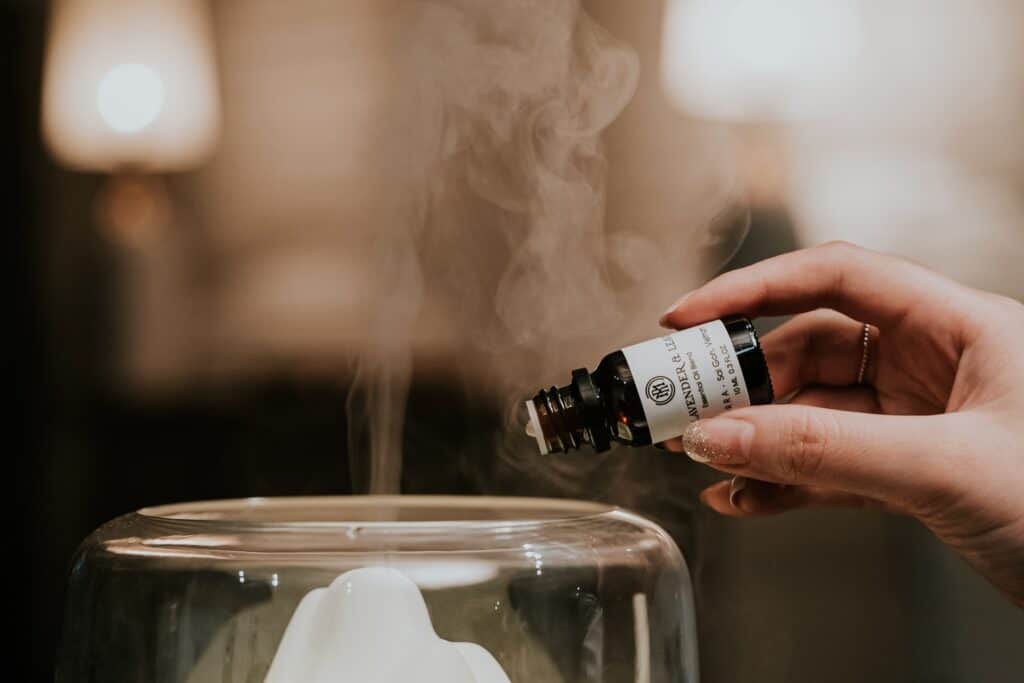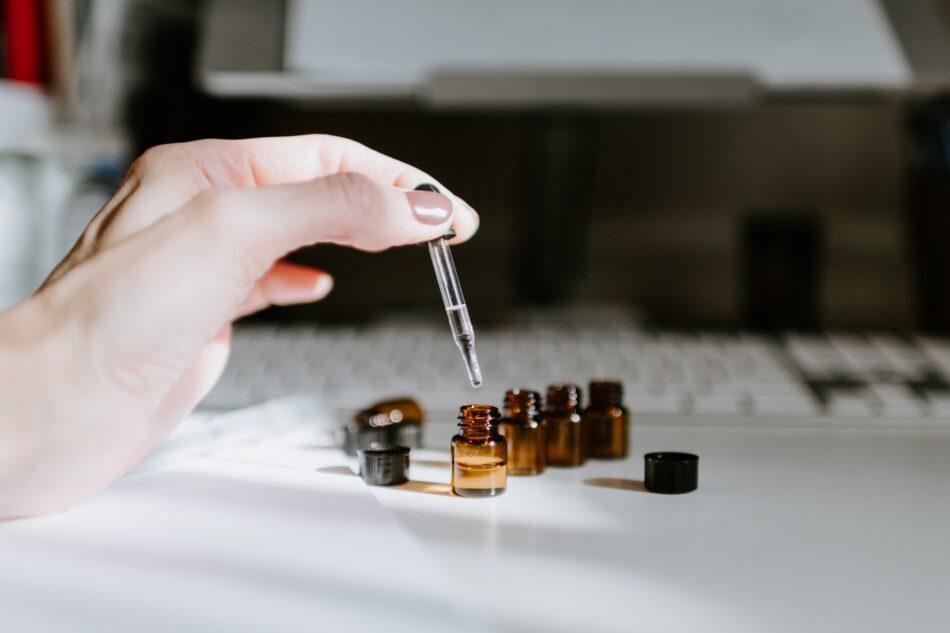Do you want to know how to make rose oil with coconut oil? It’s a lot easier than you might think! In this article, I will walk you through the steps of how to make your rose oil using coconut oil. This is a great way to save money, and it also makes for a fun DIY project. So let’s get started!
Rose oil has many benefits for the skin, including reducing inflammation and redness. It can also help to balance sebum production, making it ideal for those with oily or combination skin. Rose oil is also an excellent moisturizer, helping to keep the skin hydrated and supple. It can easily be made with fresh roses mixed with coconut oil.
How To Make Rose Oil With Coconut Oil?
To make rose oil with coconut oil, you will need:
- Fresh roses (you can use rose petals or rose hips)
- Coconut oil
- A small glass jar or bottle
- A strainer or cheesecloth
Instructions:
- Start by picking fresh roses from your garden (or purchasing them from a florist). If using rose petals, make sure they are free of pesticides and other chemicals. If using rose hips, cut them open and remove the seeds.
- Place the roses in a glass jar or bottle, then pour coconut oil over the top until the roses are completely covered. Screw on the lid tightly, then place the jar in a dark cabinet or cupboard.
- Let the infusion sit for at least two weeks, shaking the jar occasionally to help release the oils from the roses.
- After two weeks, strain the oil through a cheesecloth or strainer into a new glass container. Rose oil can be stored in a cool, dark place for up to six months. Enjoy!
To use rose oil, start by cleansing your face with a gentle cleanser. Apply a few drops of oil to your face and neck, then massage it using circular motions. You can use rose oil morning and night, or just at night if you have oily or combination skin. Follow up with a light moisturizer if desired.

Can I Put Rose Oil Directly On The Skin?
When it comes to rose oil, there are a few things you should keep in mind. First and foremost, rose oil is very concentrated. This means that you should always start by using a small amount, and gradually increase as needed. Secondly, rose oil can be drying to the skin if used in excess. It’s important to find a balance that works for your skin type and to moisturize regularly when using rose oil topically.
With all of that said, yes – you can put rose oil directly on your skin! Just remember to start slow, and increase as needed. You may also want to consider using a carrier oil such as jojoba or sweet almond oil to help dilute the rose oil and prevent excessive drying. As always, be sure to perform a patch test before using any new product on your skin.
How Long Can Rose Oil Last?
When stored properly, rose oil can last for several years. However, it is important to note that the quality of the oil will decrease over time. If you want to get the most out of your rose oil, it is best to use it within a year or two of purchasing it. After that, it can still be used, but its effects may not be as potent.
There are a few things you can do to extend the shelf life of your rose oil. First, make sure to store it in a cool, dark place. Rose oil is sensitive to light and heat, so storing it in an area like a cupboard or pantry is ideal. You should also keep the bottle tightly sealed when not in use. This will help to prevent the oil from evaporating.
If you follow these tips, your rose oil should last for several months.
Does Rose Oil Have Side Effects?
As with any essential oil, rose oil may cause skin irritation or allergic reaction in some people. To avoid this, always perform a patch test before using rose oil on your skin. Simply apply a small amount of the oil to a bandage and place it on your inner arm. If you experience redness, swelling, or itching within 24 hours, discontinue use and wash the area with soap and water.
Rose oil is also photosensitive, so it’s best to avoid using it during the daytime or before going out in the sun. If you do use it during the day, be sure to apply sunscreen afterward.
What Else Can I Mix With Rose Oil?
Rose oil can be mixed with other oils to create different scents. Some other oils that go well with rose oil are lavender oil, chamomile oil, and geranium oil. By mixing these oils, you can create a unique scent that is perfect for you.
When creating your mixture of essential oils, it is important to start with a small amount of each oil and then adjust as needed until you find the perfect combination for you. Remember that less is more when it comes to essential oils and that they should be used sparingly. With a little experimentation, you will be able to find the perfect mix of essential oils for your needs. Have fun! Do not forget to label your mixture so you know what is in it and how to use it.
Final Words
The bottom line is that rose oil made with coconut oil can be just as effective as any other carrier oil, and may even have some additional benefits. Rose oil has many benefits for the skin, including reducing inflammation and redness. If you’re looking for an alternative to traditional rosehip or jojoba oils, give coconut oil a try! You might just be surprised at how well it works.
I love using coconut oil as a carrier oil. I find that it absorbs quickly into the skin and doesn’t leave behind a greasy residue. Have you ever tried using coconut oil as a carrier oil? What did you think? Let me know in the comments below!
Read More!
Learn how to make peppermint oil spray!
Using Lavender Oil for Bed Bugs.
How to distill Lavender Oil?

